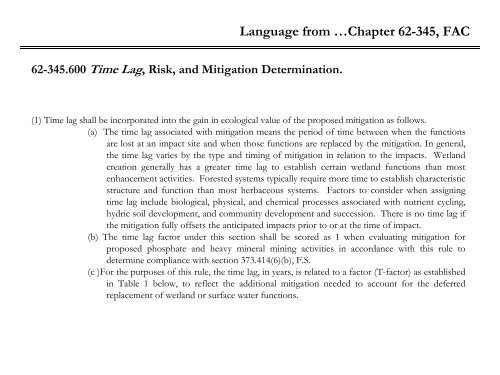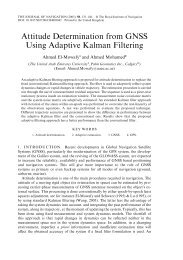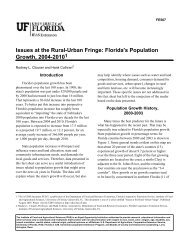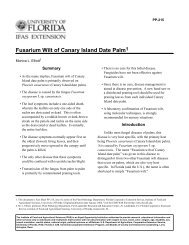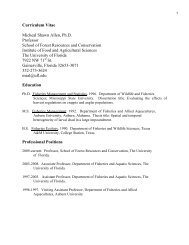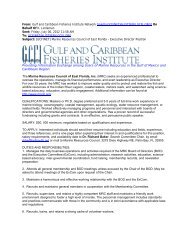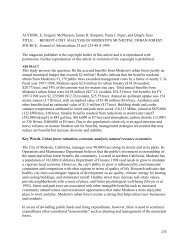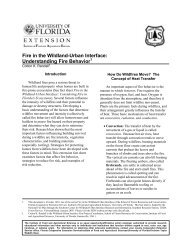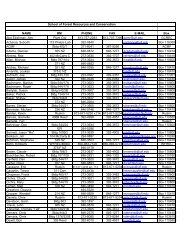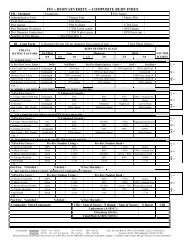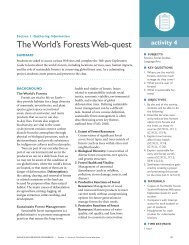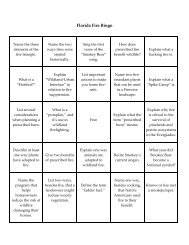Uniform Mitigation Assessment Method TRAINING MANUAL
Uniform Mitigation Assessment Method TRAINING MANUAL
Uniform Mitigation Assessment Method TRAINING MANUAL
Create successful ePaper yourself
Turn your PDF publications into a flip-book with our unique Google optimized e-Paper software.
Language from …Chapter 62-345, FAC<br />
62-345.600 Time Lag, Risk, and <strong>Mitigation</strong> Determination.<br />
(1) Time lag shall be incorporated into the gain in ecological value of the proposed mitigation as follows.<br />
(a) The time lag associated with mitigation means the period of time between when the functions<br />
are lost at an impact site and when those functions are replaced by the mitigation. In general,<br />
the time lag varies by the type and timing of mitigation in relation to the impacts. Wetland<br />
creation generally has a greater time lag to establish certain wetland functions than most<br />
enhancement activities. Forested systems typically require more time to establish characteristic<br />
structure and function than most herbaceous systems. Factors to consider when assigning<br />
time lag include biological, physical, and chemical processes associated with nutrient cycling,<br />
hydric soil development, and community development and succession. There is no time lag if<br />
the mitigation fully offsets the anticipated impacts prior to or at the time of impact.<br />
(b) The time lag factor under this section shall be scored as 1 when evaluating mitigation for<br />
proposed phosphate and heavy mineral mining activities in accordance with this rule to<br />
determine compliance with section 373.414(6)(b), F.S.<br />
(c )For the purposes of this rule, the time lag, in years, is related to a factor (T-factor) as established<br />
in Table 1 below, to reflect the additional mitigation needed to account for the deferred<br />
replacement of wetland or surface water functions.


